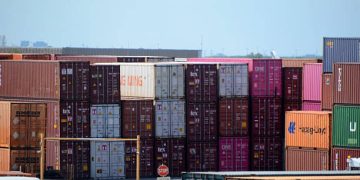U.S. President Donald Trump has reiterated his criticism of the trade relationship with India, calling it “a totally one-sided disaster,” while claiming that New Delhi has now offered to cut its tariffs on American goods “to nothing.”
The remarks come shortly after Washington imposed tariffs of up to 50% on Indian exports, among the highest duties applied to a U.S. trading partner. The new measures have heightened tensions between the two countries and raised concerns among economists about potential ripple effects across global supply chains.
U.S. Concerns Over Trade Imbalance
For years, U.S. officials have argued that India maintains high tariff barriers, limiting access for American goods and companies. According to Trump, India sells “massive amounts of goods” to the U.S., while American businesses face significant challenges entering the Indian market.
“In other words, they sell us massive amounts of goods, their biggest ‘client,’ but we sell them very little—until now a totally one-sided relationship, and it has been for many decades,” Trump wrote on social media. He added that India should have acted “years ago” to reduce or eliminate its tariff barriers.
India Pushes Back
New Delhi has responded by emphasizing its right to maintain trade policies that support its domestic industries and consumer needs. Indian Commerce Minister Piyush Goyal recently described the U.S. tariffs as “unfair, unjustified and unreasonable,” while affirming that India “will neither bow down nor ever appear weak” in international trade negotiations.
At the same time, India has signaled that it is open to new trade agreements based on reciprocity. Goyal stated that India “is ready to have a free-trade agreement with anyone who wants it,” positioning the country as willing to expand partnerships while protecting national interests.
Modi’s Diplomatic Outreach
Trump’s comments coincided with Indian Prime Minister Narendra Modi’s attendance at the Shanghai Cooperation Organisation (SCO) summit in Tianjin, where he met with Chinese President Xi Jinping and other regional leaders. While the summit is primarily a multilateral forum for dialogue, analysts noted that Modi’s presence highlights India’s strategy of diversifying partnerships and showing flexibility in the face of external trade pressures.
Observers suggest that Modi’s warm reception at the summit underscores New Delhi’s interest in keeping multiple diplomatic and economic channels open, rather than becoming overly dependent on a single partner. This approach, they argue, gives India greater leverage in negotiations with Washington and other global powers.
Impact on Trade and Growth
The new tariffs have sparked concerns that India’s export competitiveness could be affected, particularly given the country’s status as one of the world’s fastest-growing economies. Sectors such as textiles, pharmaceuticals, and engineering goods—areas where India has traditionally been strong exporters—may face greater challenges in retaining their U.S. market share under the higher duties.
Economists warn that prolonged disputes could disrupt not only bilateral trade flows but also regional supply chains. With India playing a growing role in manufacturing and the U.S. remaining a key consumer market, the ability of the two countries to resolve tariff issues will have implications far beyond their borders.
Looking Ahead
While Trump has portrayed India’s reported offer to cut tariffs as a positive step, New Delhi has not yet issued an official statement confirming the proposal. Trade analysts note that negotiations are likely to remain complex, given the wide range of products affected and the differing priorities of both governments.
Still, the prospect of tariff reductions—if realized—could mark a turning point in U.S.-India trade relations, creating new opportunities for American exporters while easing pressure on Indian industries. Until then, businesses on both sides are watching developments closely, mindful that the outcome could shape investment decisions, supply chain strategies, and overall economic growth in the months ahead.
#SupplyChainNews #TariffsAndDuties #IndiaUSTrade #GlobalTrade #NewsUpdate

















